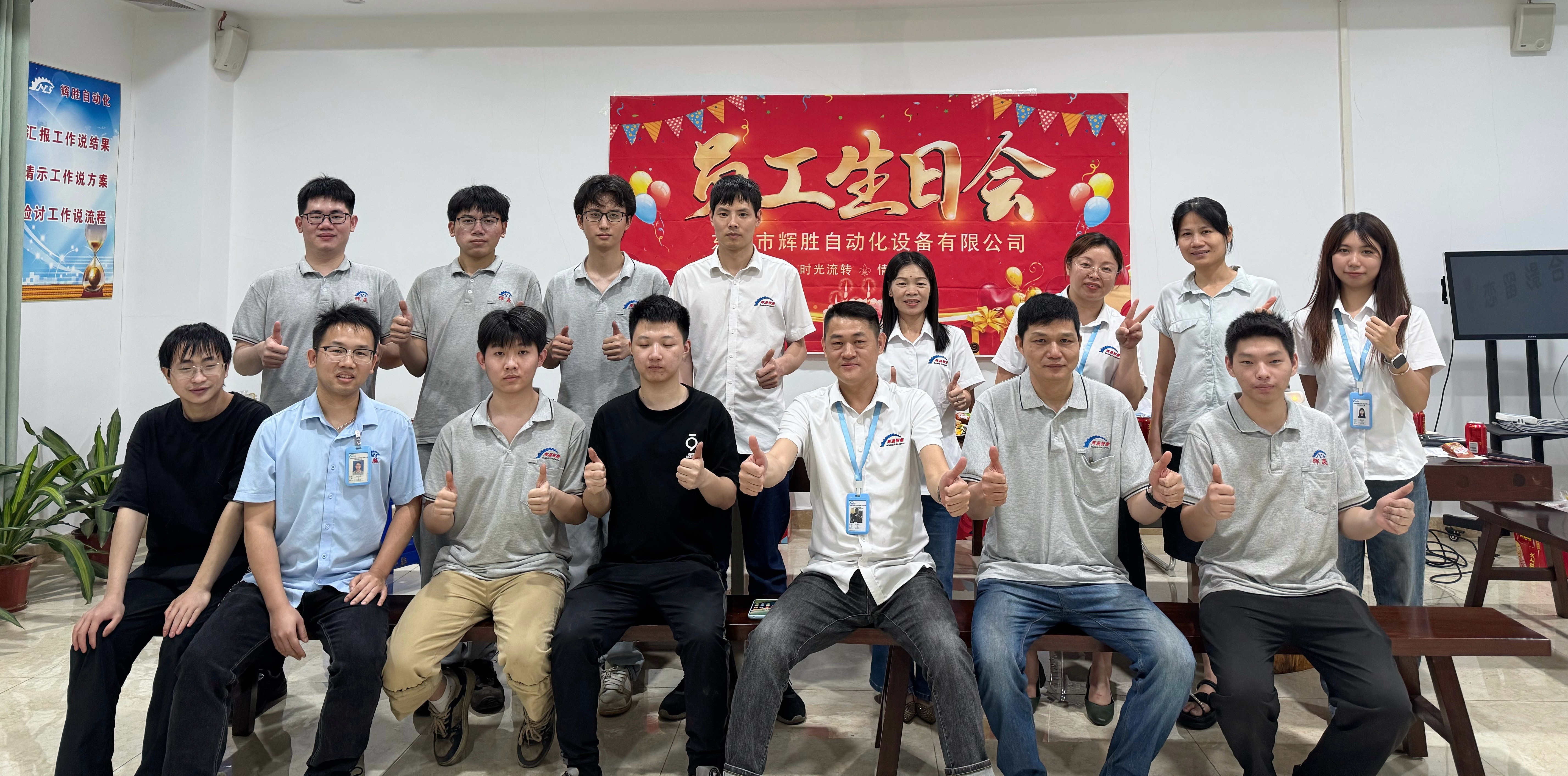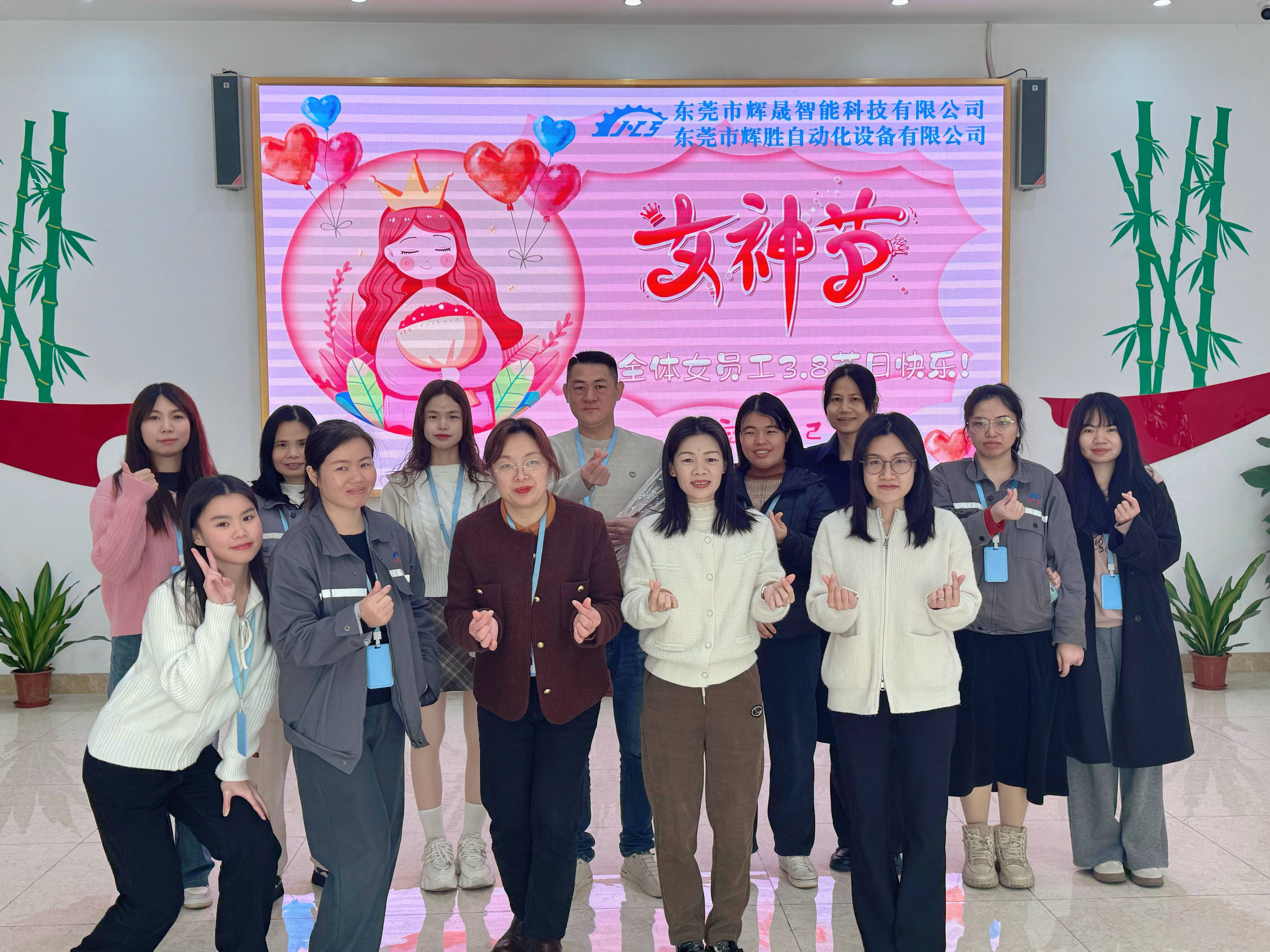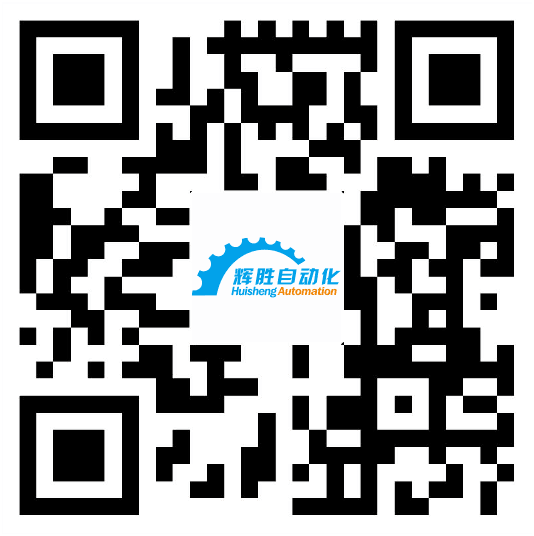Development and Application Status of Integrated Die Casting Technology
Author:
Source:
Release time:
2024-09-30
# The development history and application status of integrated die casting technology
## Introduction
With the global energy crisis and climate change becoming more and more serious, energy conservation and emission reduction has become a global consensus, especially in the automotive industry, lightweight technology is regarded as an important way to achieve energy conservation and emission reduction. As an important breakthrough of automobile lightweight technology, integrated die casting technology has been developed rapidly in recent years, and has gradually become the focus of attention of the automobile industry. In this paper, the development process and current application status of integrated die casting technology are expounded.
## The development history of integrated die casting technology
### Initial Exploration
Integrated die casting technology is not a new concept, its development can be traced back to the 1970 s. At that time, aluminum alloy die-casting products have begun to be applied in batches to powertrain components such as cylinder blocks and transmission housings, and have gradually matured. However, limited by technology and market demand, the application of integrated die casting technology in body structure has not been widely promoted.
### Technical Breakthrough
In the 21st century, with the promotion of energy conservation and emission reduction policies and the development of automotive lightweight technology, integrated die casting technology has ushered in new development opportunities. In 2019, Tesla achieved integrated die-casting mass production of the rear floor on its Model Y model, a move that quickly attracted widespread attention in the automotive industry. Tesla calls it "Giga-casting". Through a super-tonnage die-casting machine, dozens of parts that originally needed to be assembled are highly integrated and integrally formed into a super-large aluminum part, thereby realizing the lightweight of the car body and manufacturing costs. Reduce.
### Iterative Upgrade
The integrated die casting technology has undergone several iterative upgrades. From the initial single-piece die-casting, to the unilateral small integration scheme of the rear body, to the bilateral rear body integrated die-casting and the bilateral front engine compartment integrated die-casting, and finally to the rear body and the middle body large integrated die-casting. At present, the integrated die-casting technology is moving towards the overall die-casting of the lower body to achieve a more efficient manufacturing process and lower costs.
Application status of## integrated die casting technology
### Automotive Industry
Integrated die casting technology is most widely used in the automotive industry. Tesla's successful practice has led to industry change, and many automakers have followed suit to apply integrated die casting technology to their products. For example, Volvo's "Mega-casting" technology and Ford's F150 models all use similar integrated die casting processes. The application of these technologies not only reduces the weight of the car body, improves fuel economy and driving range, but also reduces production costs and manufacturing cycles.
### Materials and Processes
The integrated die-casting technology mainly uses aluminum alloy materials, because aluminum alloy has excellent characteristics such as light weight, high strength, corrosion resistance, and good ductility. In the manufacturing process, the integrated die-casting technology adopts the precision investment casting process, and the molten metal is pressed into the mold and cooled by high-pressure casting. This process has the advantages of high production efficiency, good product quality and high material utilization rate.
### Industry chain development
With the popularization of integrated die casting technology, the related industrial chain has also developed rapidly. In the upstream, material suppliers, equipment manufacturers and mold manufacturers have increased R & D investment to launch new products adapted to the integrated die casting technology; in the middle reaches, die casting enterprises continue to improve production capacity and technical level to meet market demand; in the downstream, automobile manufacturers enhance product competitiveness by adopting integrated die casting technology.
### Challenges and Prospects
Although the integrated die casting technology has many advantages, its promotion still faces some challenges. First of all, the cost of raw materials is high, and the product qualification rate is affected by many factors; secondly, the process design is complex, which requires close cooperation between body design and die casting technicians; finally, the market acceptance still needs to be further improved. However, with the continuous maturity of technology and the continuous expansion of the market, the application prospect of integrated die casting technology is still broad.
## Conclusion
As an important breakthrough in automotive lightweight technology, integrated die casting technology is leading the transformation of the automotive industry. From the perspective of development, the integrated die casting technology has experienced the process from initial exploration to technological breakthrough and then to iterative upgrade; from the application status, the integrated die casting technology is the most widely used in the automotive industry, and has led to the development of related industrial chains. In the future, with the continuous maturity of technology and the continuous expansion of the market, the integrated die casting technology is expected to be applied and promoted in more fields, and make greater contributions to the realization of energy conservation, emission reduction and sustainable development.
Key words:




